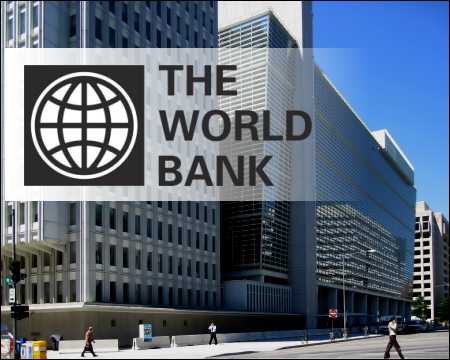Diaspora Nigerians wired $22 billion home in 2017, representing the highest in Africa and fifth largest remittance by immigrants globally.
According to the latest report on global remittances during the year published today by the World Bank, Egypt received $20 billion from its citizens abroad.
The Breton Woods institution reported that the said payments from immigrants back to their home countries rose to reach a new record in 2017, adding however that the costs of transferring such funds also increased.
The bank estimated that officially recorded remittances to low and middle-income countries reached $466 billion in 2017, an increase of 8.5 per cent over $429 billion in 2016 and projected that the remittances were expected to increase by about four per cent this year.
According to the multilateral financial institution, remittance inflows improved in all regions with top remittance recipients as India with $69 billion, followed by China ($64 billion), the Philippines ($33 billion) and Mexico ($31 billion)., Nigeria ($22 billion) and Egypt ($20 billion).
The World Bank also reported that the global average cost of sending $200 was 7.1 per cent in the first quarter of 2018, and sub-Saharan Africa remains the most expensive place to send money to, where the average cost is 9.4 per cent.
The lead author of the report, Dilip Ratha said: “While remittances are growing, countries, institutions, and development agencies must continue to chip away at high costs of remitting so that families receive more of the money.”
The bank calls on countries to take steps to simplify the process to reduce the costs, including “introducing more efficient technology.”
By region, Europe and Central Asia saw the biggest growth last year, jumping 21 per cent, while Sub-Saharan Africa rose 11 per cent.
East Asia and the Pacific saw the biggest inflows of $130 billion, as South Asia received $117 billion, followed by Latin America with $80 billion.
The World Bank noted further that the stronger-than-expected recovery in remittances – payments that are key to supporting the economies of many poor countries – was driven by growth in Europe, Russia and the United States.






